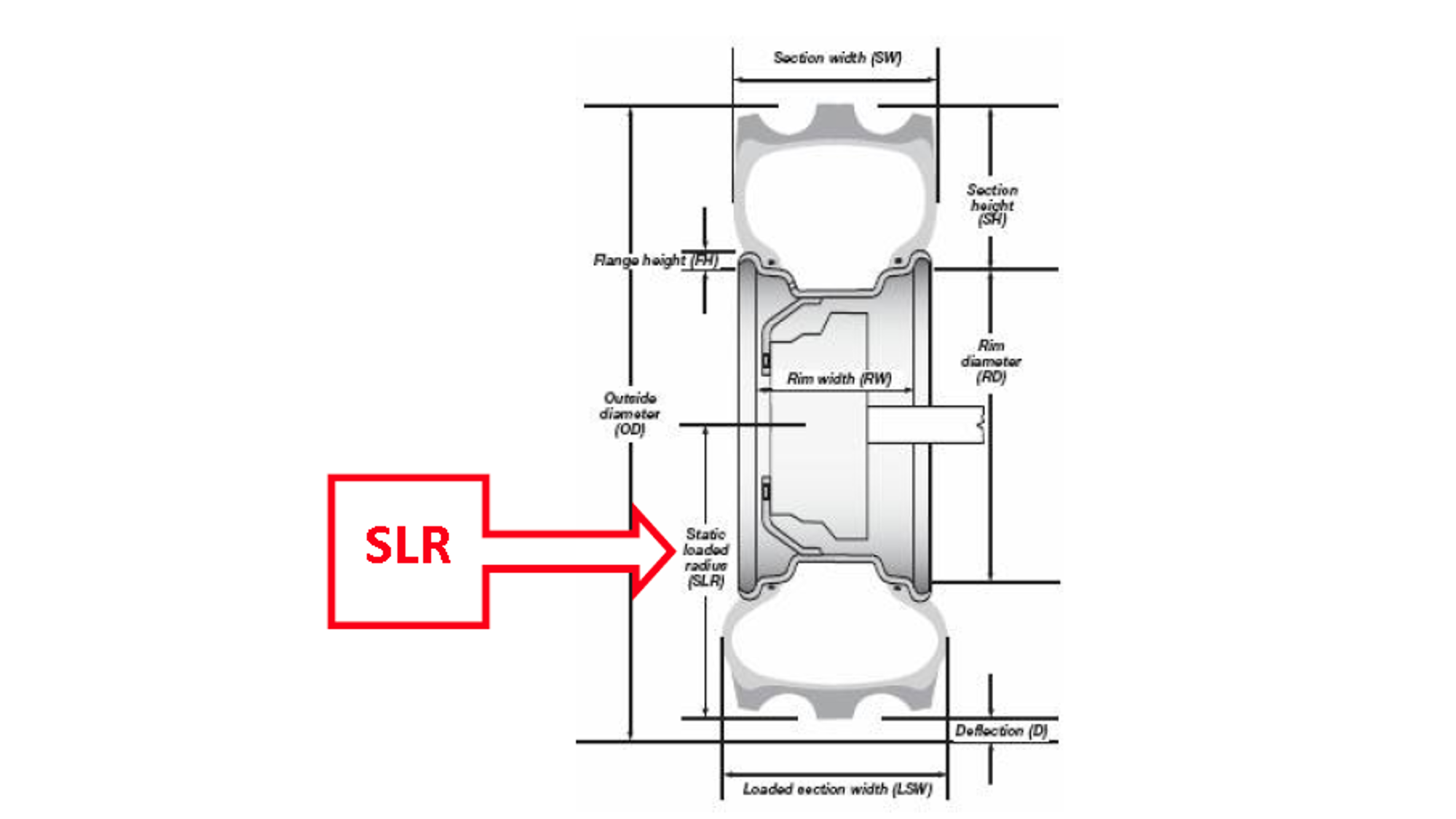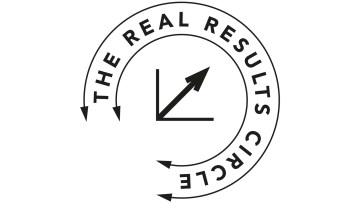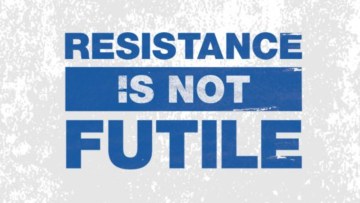Dual Wheel Tyre Pressure
23.08.2017
Philip Wright gives some useful guidance on how to set tyre pressures for dual wheel if growers want to reduce compaction.
As duals you should reduce the axle total carrying capacity by 12% compared to when the tyres are used as singles. So, rather than effectively taking 50% of the loading compared to singles, you need to allow for the actual load being this 12% increased, then divide by 4 for duals per wheel.
To get the best performance on the soil, all tyre pressures for the inside and outside pairs should be identical.
One way to determine the pressure in a practical way is to use the Static Laden Radius (SLR) method with the machine coupled to the tractor. Some notes on this appear below.
You can get this SLR measurement from the tyre data book or you can look it up online from the main manufacturers’ websites. Ensure the correct tyre designation, including the load rating details (for example 150A8/B) are used as all tyres vary, as do all SLR dimensions.
NOTE – Please make sure you measure with the machine raised (rear tyres – all set at same pressures) and lowered on the ground (front tyres) with any front end ballast fitted as you need to ensure steerability, when determining the exact pressure you can come down to.
If using duals on a tractor with heavy mounted kit, it is likely the front counterweight will, in field setting, cause the front tyres to have a significant effect and in many such cases these, too, need to be dual.

SLR is the distance under full axle load from the axle centre to the ground. Ground MUST be firm (ideally concrete) to avoid sinkage.
If the dimension measured is greater than the Tyre Manufacturer Data, pressure can be reduced until this dimension is achieved. Alternatively, if the height measured is less than Tyre Manufacturers Data, pressure must be increased until this dimension is achieved. Note these figures are for new tyres. If worn, the method will build in a small factor of safety.
NOTE: generally, maximum rear axle load is with the rear implement RAISED, and maximum front axle load is with the rear implement LOWERED. If in doubt, measure distances in both situations for both axles and take MINIMUM figure in each case when comparing the SLR.


